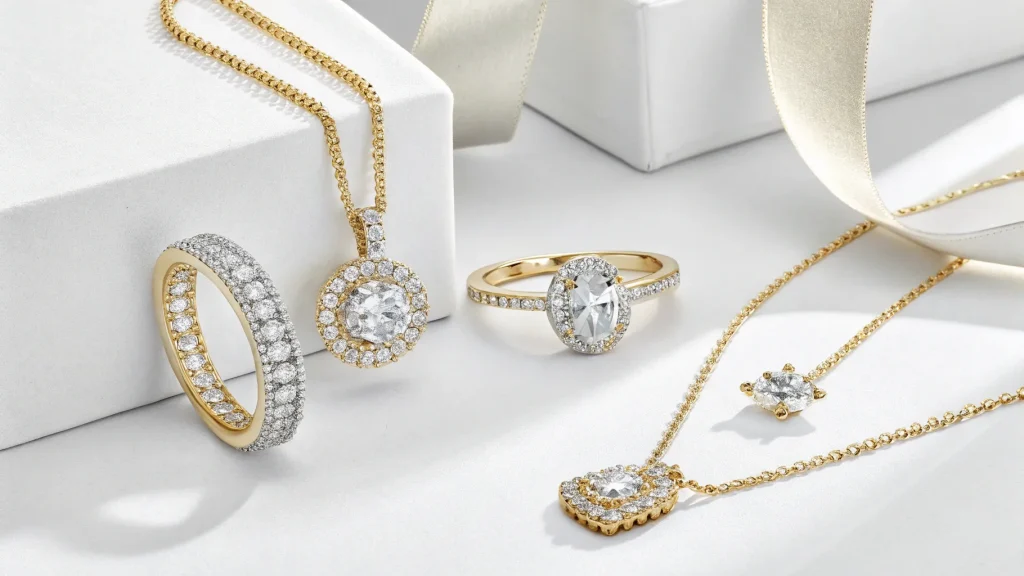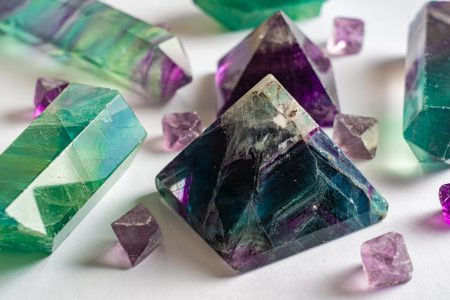Jewelry sales have emerged as a consistent top performer in the luxury market, outpacing other major categories including leather goods and ready-to-wear fashion. This trend highlights a significant shift in consumer spending patterns within the high-end retail sector.
While many luxury segments have faced fluctuating demand, jewelry has maintained strong sales momentum, establishing itself as a reliable revenue generator for luxury brands and retailers. The category’s resilience comes at a time when many luxury houses are reassessing their product mix to adapt to changing market conditions.
Market Performance Analysis
The strong performance of jewelry stands in direct contrast to the challenges faced by leather goods, which have traditionally been a cornerstone of luxury sales. Ready-to-wear collections have similarly struggled to match jewelry’s consistent results, despite seasonal refreshes and marketing pushes.
Industry data suggests this trend may reflect changing consumer priorities, with shoppers increasingly viewing fine jewelry as an investment rather than simply a fashion statement. Unlike seasonal clothing or trend-driven accessories, jewelry often retains or increases in value over time.
“Jewelry has proven to be a bright spot,” according to market analysis, demonstrating remarkable stability even during periods when other luxury categories have experienced sales volatility.
Consumer Behavior Shifts
Several factors may explain jewelry’s strong position in the luxury market:
- Investment value during economic uncertainty
- Emotional significance of jewelry purchases
- Longevity compared to fashion-driven categories
- Growing interest in heritage and craftsmanship
The emotional connection consumers form with jewelry pieces often translates to purchasing decisions that transcend short-term fashion trends. Many buyers view fine jewelry as heirloom pieces that can be passed down through generations, adding a dimension of value beyond the immediate purchase.
Strategic Implications for Luxury Brands
This performance gap between jewelry and other categories has prompted many luxury houses to reconsider their product strategies. Several major brands have expanded their jewelry offerings or launched dedicated jewelry collections to capitalize on this growth area.
For luxury conglomerates with diverse portfolios, the strong jewelry performance has helped offset weaker results in other divisions. Brands primarily focused on ready-to-wear or leather goods may need to evaluate their exposure to jewelry to remain competitive.
Jewelry has proven to be a bright spot, consistently outperforming other categories like leather goods and ready-to-wear.
The trend also affects retail space allocation, with some luxury department stores and multi-brand retailers expanding their jewelry departments while reducing floor space for underperforming categories.
As the luxury market continues to evolve, jewelry’s strong performance signals important shifts in consumer preferences. Brands that recognize and adapt to this trend may find themselves better positioned to weather market fluctuations and connect with luxury shoppers seeking lasting value in their purchases.















